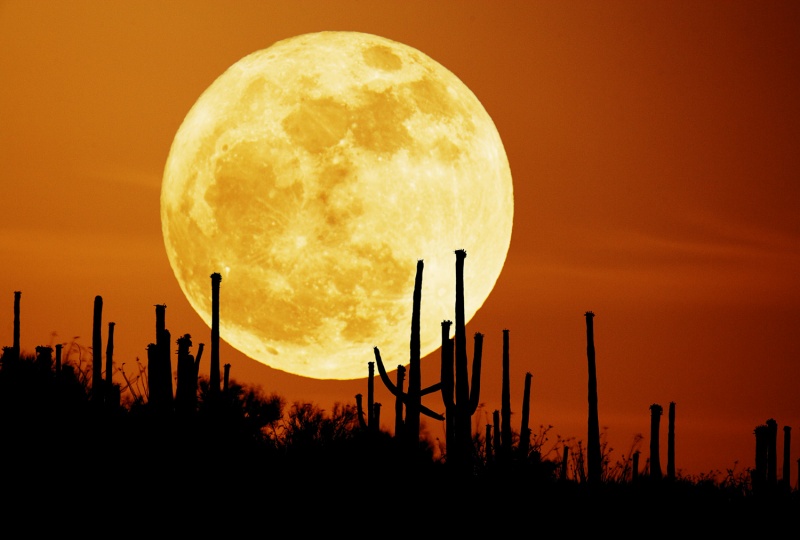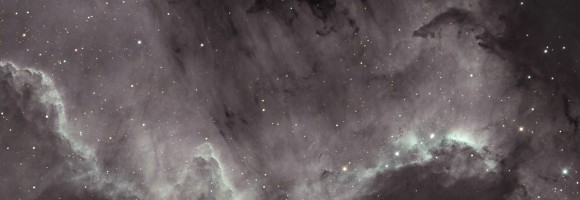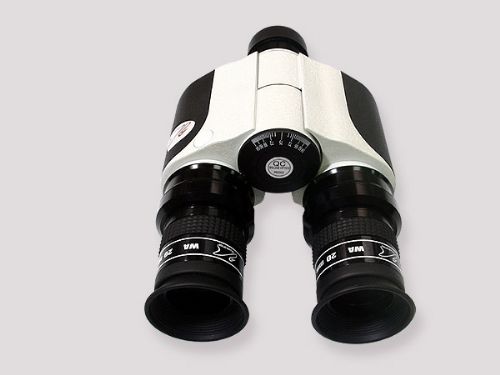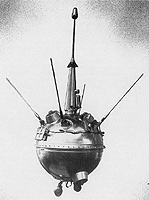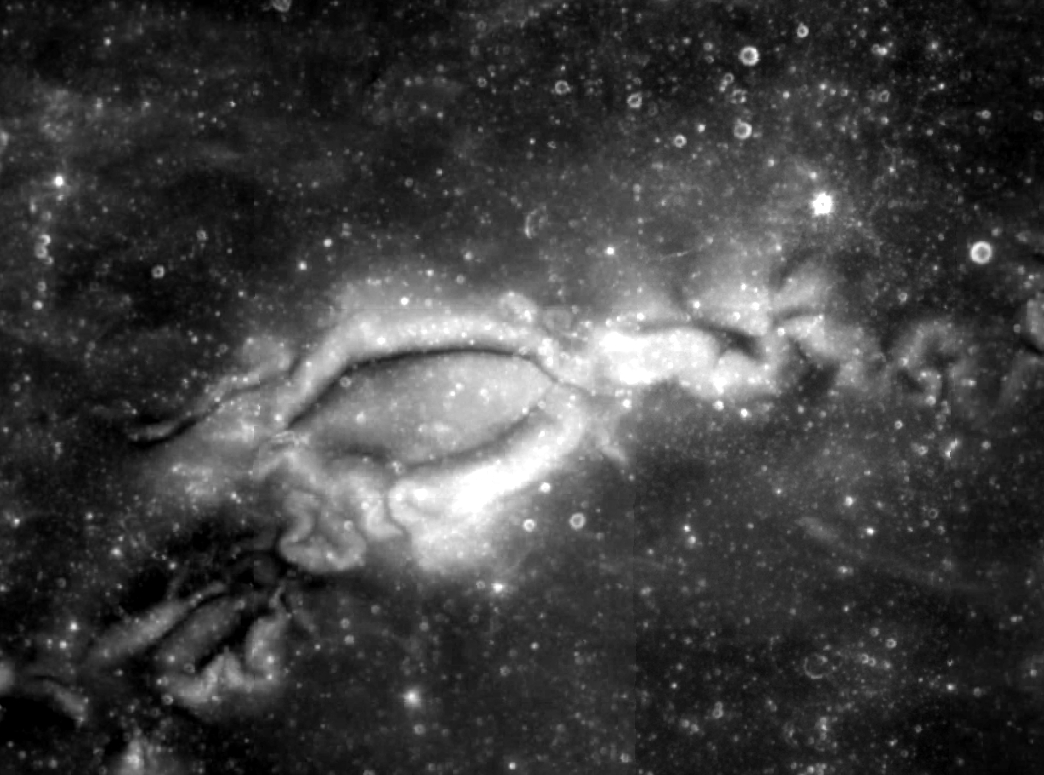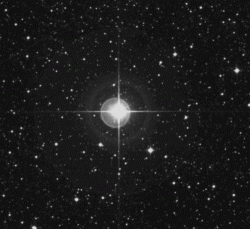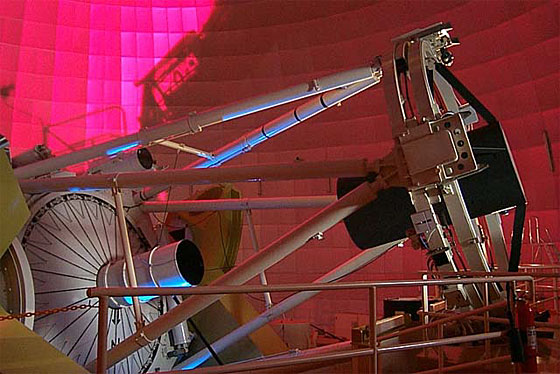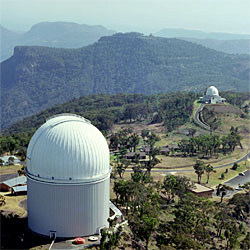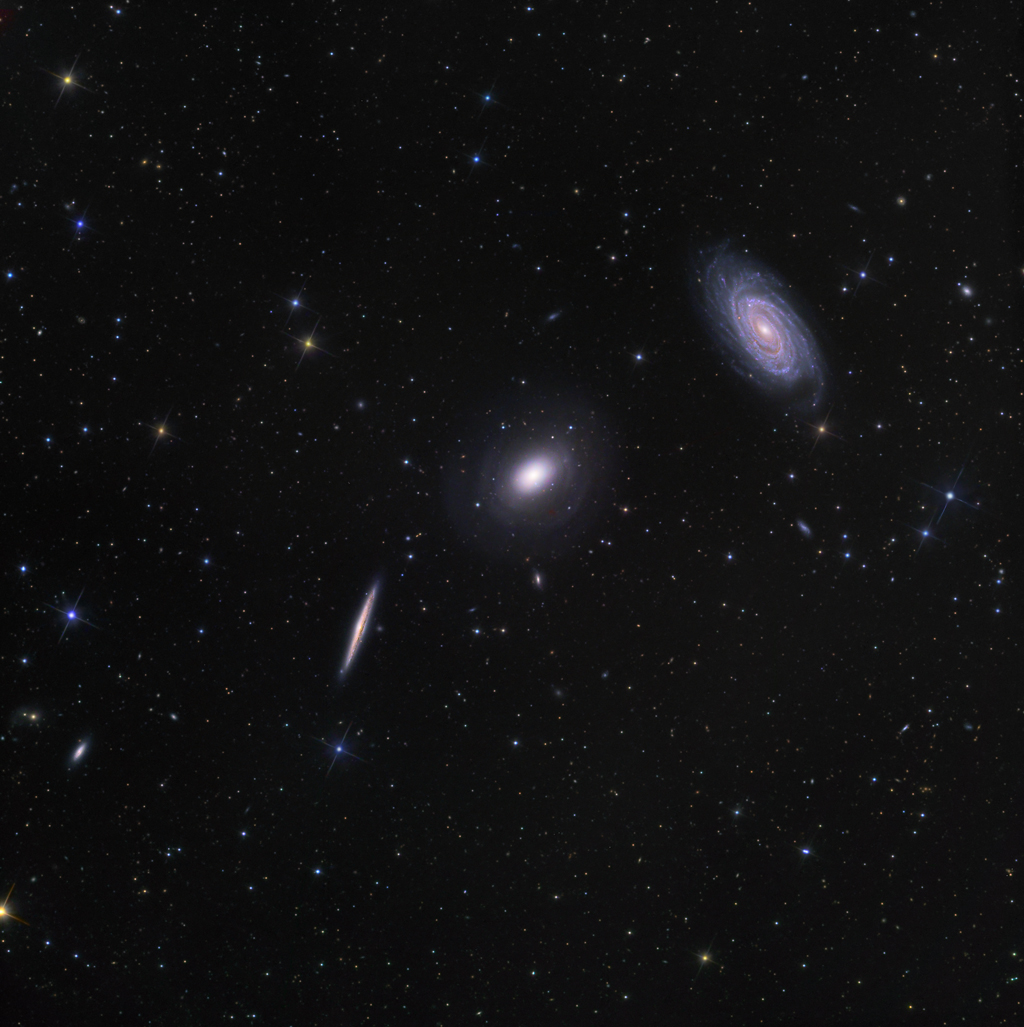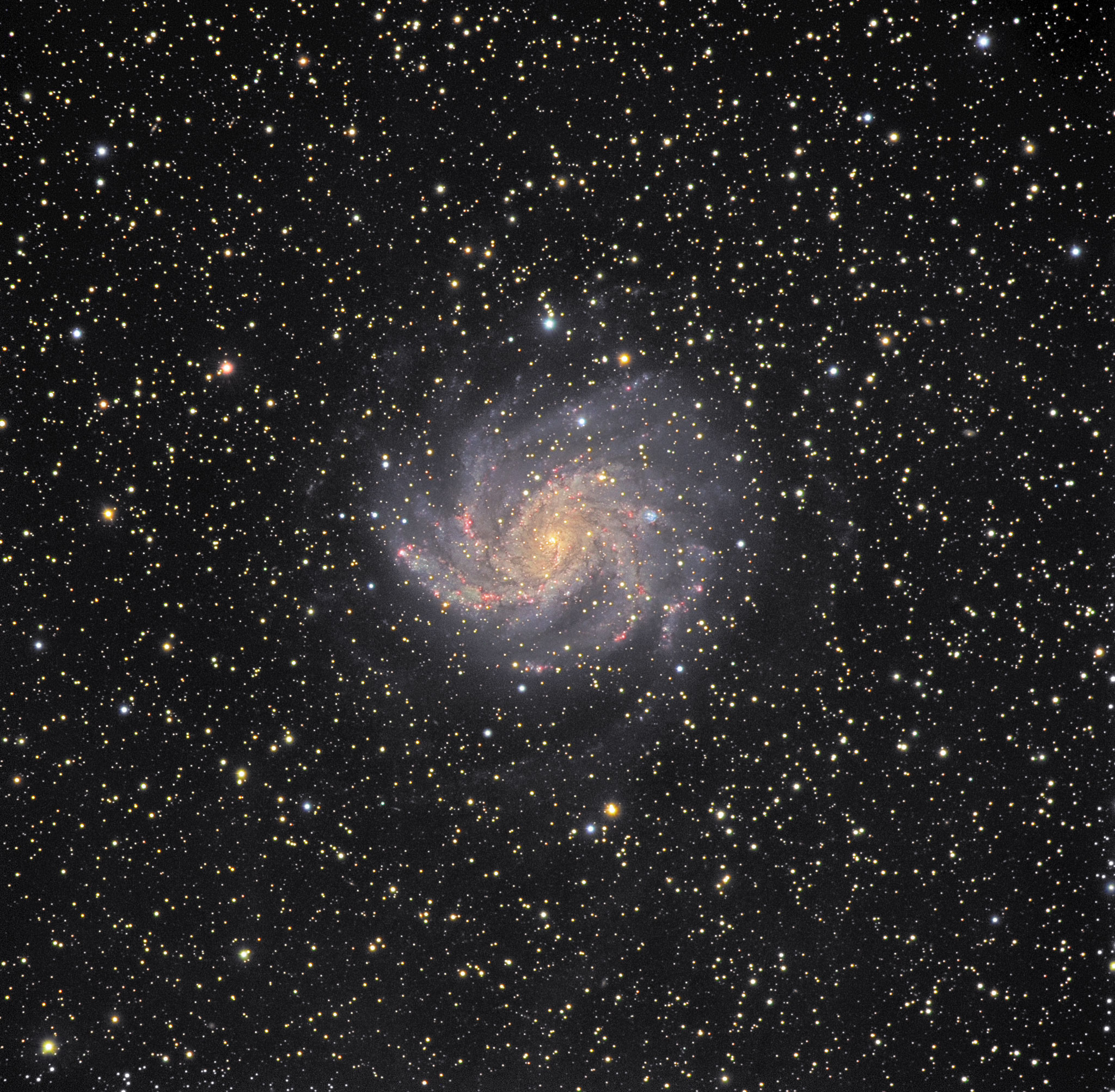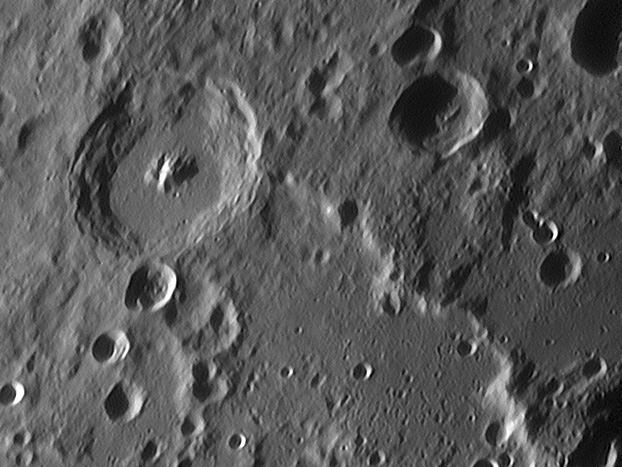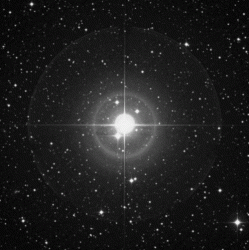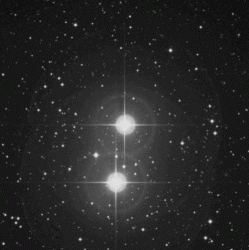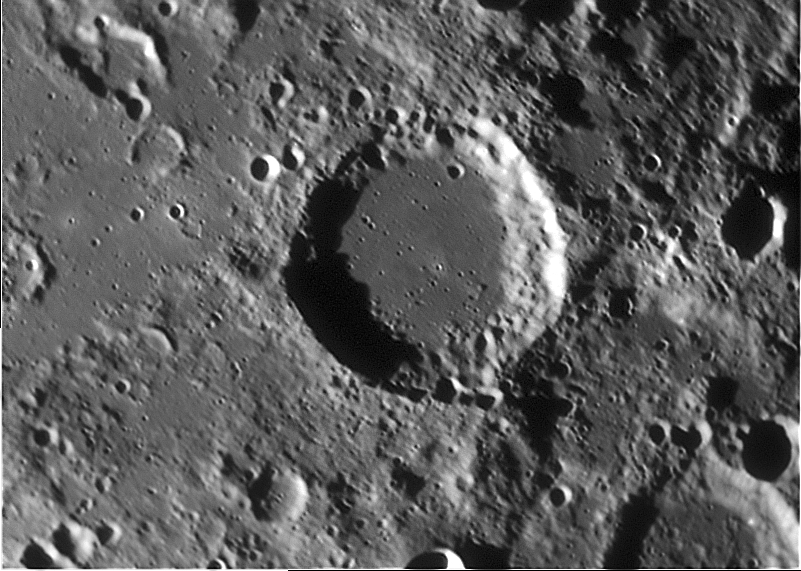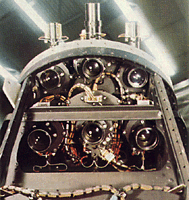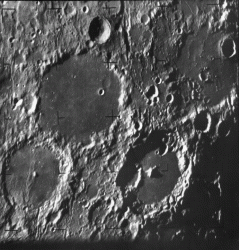Be sure to mark your calendar for tomorrow night. For lucky observers in northeastern North America, eastern Canada, and western Europe, the evening of September 19-20, 2008 is your opportunity to watch the face of the peaceful gibbous Moon glide across the ancient blue beauty of the Plieades…
On Friday night, September 19, 2008, observers in northeastern North America, eastern Canada need to be outdoors and ready when the Moon begins to rise low in the east-northeast. If you live in Western Europe, the event takes place high in the sky just before dawn on the morning of September 20th. Don’t come alone, bring binoculars or a telescope with you, because this is your chance to see the stars first disappear behind the Moon’s bright limb and then reappear on the dark side.
 Although we rarely call the Pleiades by name, let’s try them on for size. The brightest is Alcyone at magnitude 2.86, followed by Atlas at 3.62, Electra at 3.7, Maia at 3.86, Merope at 4.17 and Taygeta at magnitude 4.29. While it may be a bit difficult for a novice to read the occultation information, please check this occultation information at IOTA where you can get precise times for your location for the disappearance and reappearance of each individual star.
Although we rarely call the Pleiades by name, let’s try them on for size. The brightest is Alcyone at magnitude 2.86, followed by Atlas at 3.62, Electra at 3.7, Maia at 3.86, Merope at 4.17 and Taygeta at magnitude 4.29. While it may be a bit difficult for a novice to read the occultation information, please check this occultation information at IOTA where you can get precise times for your location for the disappearance and reappearance of each individual star.
To help you understand a bit further, let’s choose Alycone. Click on the September 20th category for the US and let’s choose Cleveland, Ohio. Alycone would disappear behind the bright limb of the Moon at 02:14:09 UT (which would be 10:14:09 pm, September 19th). Alycone will re-emerge from behind the dark edge of the Moon at 02:45:47 UT (or 10:45:47 pm). See? It’s not that hard! The most difficult part is simply figuring out the universal time difference is all it takes, and there’s even a website for that!
While you can watch the event without any optical aid, the Moon will overpower the stars. Use a card or something held at arm’s length to help diminish the glare. However, if you’re serious? A telescope is the key to really enjoying this event. It is great fun to keep tabs on each star as it slowly approaches the lunar limb and then just winks out! Timing of these events is critical, because it helps astronomers to further understand lunar features. How? By assessing times, astronomers are able to determine if there are peaks and valleys that we simply do not know about. For example, a bright star may wink off and on several times before it finally disappears behind a hidden lunar mountain… and the same holds true when it reappears.
Although the Moon frequently encounters the Pleiades on each monthly journey across the ecliptic plane, it’s infrequent that we have such a great opportunity to watch several occultation events in a well-placed area of the sky during a comfortable time of the year. Enjoy this great event…
Images accompanying this article are the Pleiades Occultation by John Cudworth and the annotated image of the Plieades by David Malin, courtesy of the Anglo-Australian Observatory/University of Edinburgh.


